Everybody knows that much of archaeology is carried out in ancient burial sites, graveyards, tombs and etc. Part of the reason for this is that we humans have always had a tendency to try to take some of our Earthly possessions with us when we pass on to the world to come. The treasures found in the tomb of King Tutankhamun are the most famous examples of this but there are countless others. We’ve learned much about the technology of ancient societies by unearthing and examining the grave goods left behind by those people.

At the same time studying those olden gravesites can also reveal a great deal about the customs and rituals, the religious and ethical behaviour of the people who were buried there. In this post I will be discussing some recent discoveries made at two such burial sites, two locations not greatly separated in either space or time but which display considerable differences in terms of social changes.

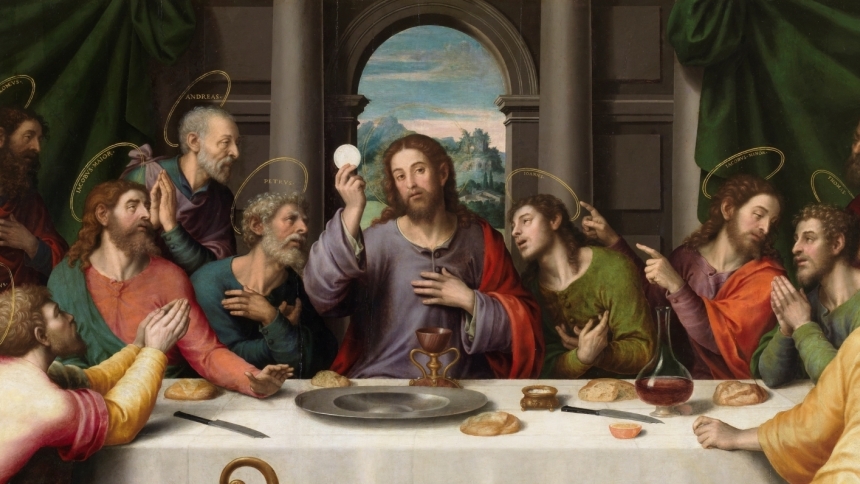
The first site comes from an area near the German city of Munich where an excavation team searching for unexploded munitions left over from World War II happened upon two burials. Professional archaeologists were quickly called in and the entire site carefully exhumed. Perhaps the most interesting find was a sword that had been deliberately rendered useless by heating it in the middle of the blade and then folding it over. Other weapons found included a spearhead and a portion of a shield.
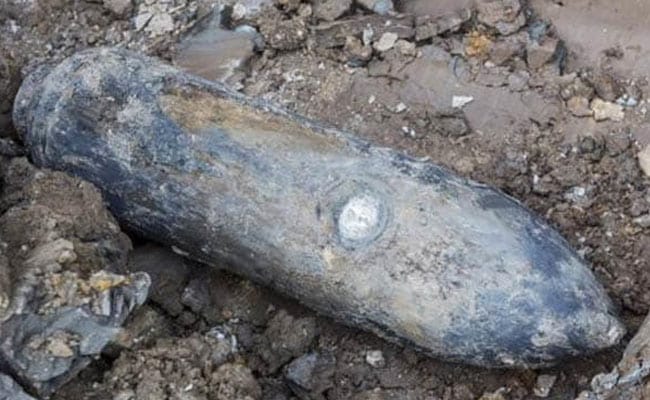
Some of the other grave goods found included a pair of scissors so well preserved that the archaeologists were tempted to use them along with a fibula or clasp and a chain belt. Based upon the items found the researchers think that the occupants of the graves were a man and a woman but they can’t be certain because these were cremation burials where the deceased were burned to ashes and the ashes then buried in a ceramic pot.
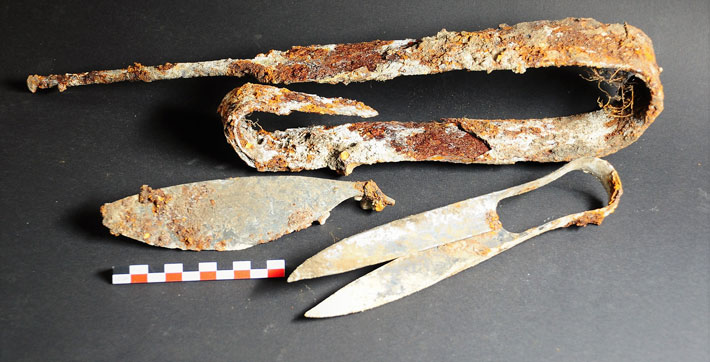
And that gives a clue as to what society these two people came from because the last culture in this part of Germany to practice cremation were the Celts, that’s pronounced ‘Kelts’ not ‘Selts’ by the way. The Celts were an Iron-Age, Indo-European people who spread across northern Europe from present day Turkey to Ireland and who fought both the Greeks and Romans for over 500 years. The grave goods found were also typical of the Celts; in fact not only was the sword definitely Celtic in design but the way in which it was folded has also been seen in other Celtic graves sites. The site has been dated to around 200-300 BCE and the grave goods sent to the Bavarian State Office for the Preservation of Monuments where they will be cleaned, preserved and studied.


At the same time that the inhabitants of the graves in Germany lived other Celts were living in the British Islands and one of the biggest questions in archaeology today is just how different were the Celts in today’s Germany from those in today’s Britain. The fates of those groups were certainly very different however for in 43CE the Roman Emperor Claudius invaded Britain and conquered the lands that would become England and Whales. In the 400 years of Roman rule that followed many of the Celts living in Britain would become Romanized. Indeed it has been suggested by some historians that the only real difference between the Celts and the later Germanic tribes that destroyed the Roman Empire is that the Romans conquered the Celts but not the Germans.
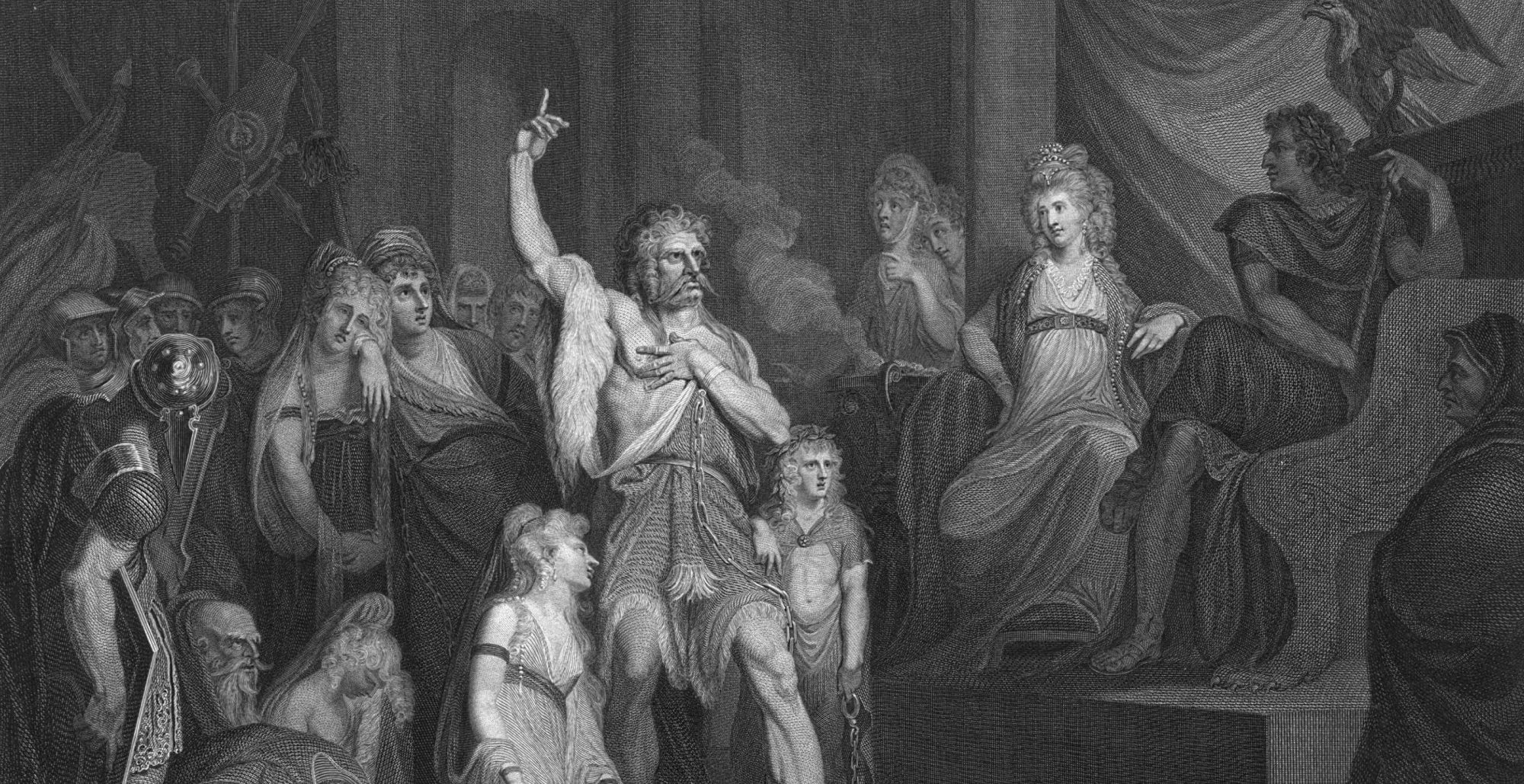
Our second burial site comes from the late Roman period in Britain where more than 60 graves were found outside the town of Garforth near Leeds. The site must have been in use as a cemetery for a considerable length of time because it not only included late Roman burials but early Anglo-Saxon ones as well. The way the archaeologists could distinguish the two groups was that the graves of the Romanized Britains were oriented east-west in the Christian fashion while the Anglo-Saxons burials were aligned north-south. Of course carbon-14 dating also helped, yielding a time frame of 400-600 CE for the burials.

The fact that the remains unearthed in Garforth were skeletons, not cremated ashes was one big difference with the burial outside Munich. Another was the scarcity of grave goods in the Roman-Christian graves as opposed to the Anglo-Saxon burials, which often contained objects such as knives and pottery. However the most interesting find did come from one of the Roman-Christian burials where the deceased, a woman had been laid to rest in an impressive lead coffin. All the other coffins must have been made of wood for they had all decayed back into the soil.
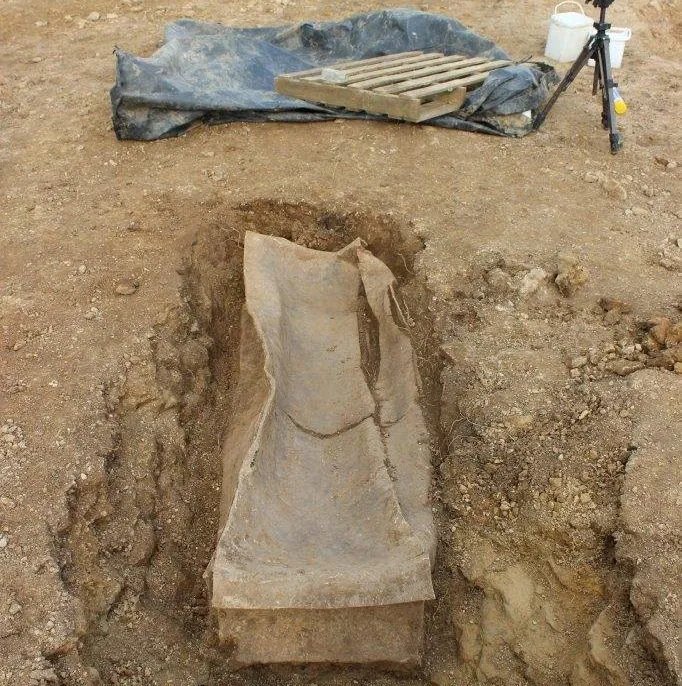
The site at Garforth was discovered, as many archaeological sites are in the UK, during the survey of the area for a possible housing development. The finds unearthed at Garforth, including the lead coffin are in the care of the West Yorkshire Archaeological Advisory Service, which will continue their analysis with the intent that some of the finds will one day be displayed at the Leeds City Museum.
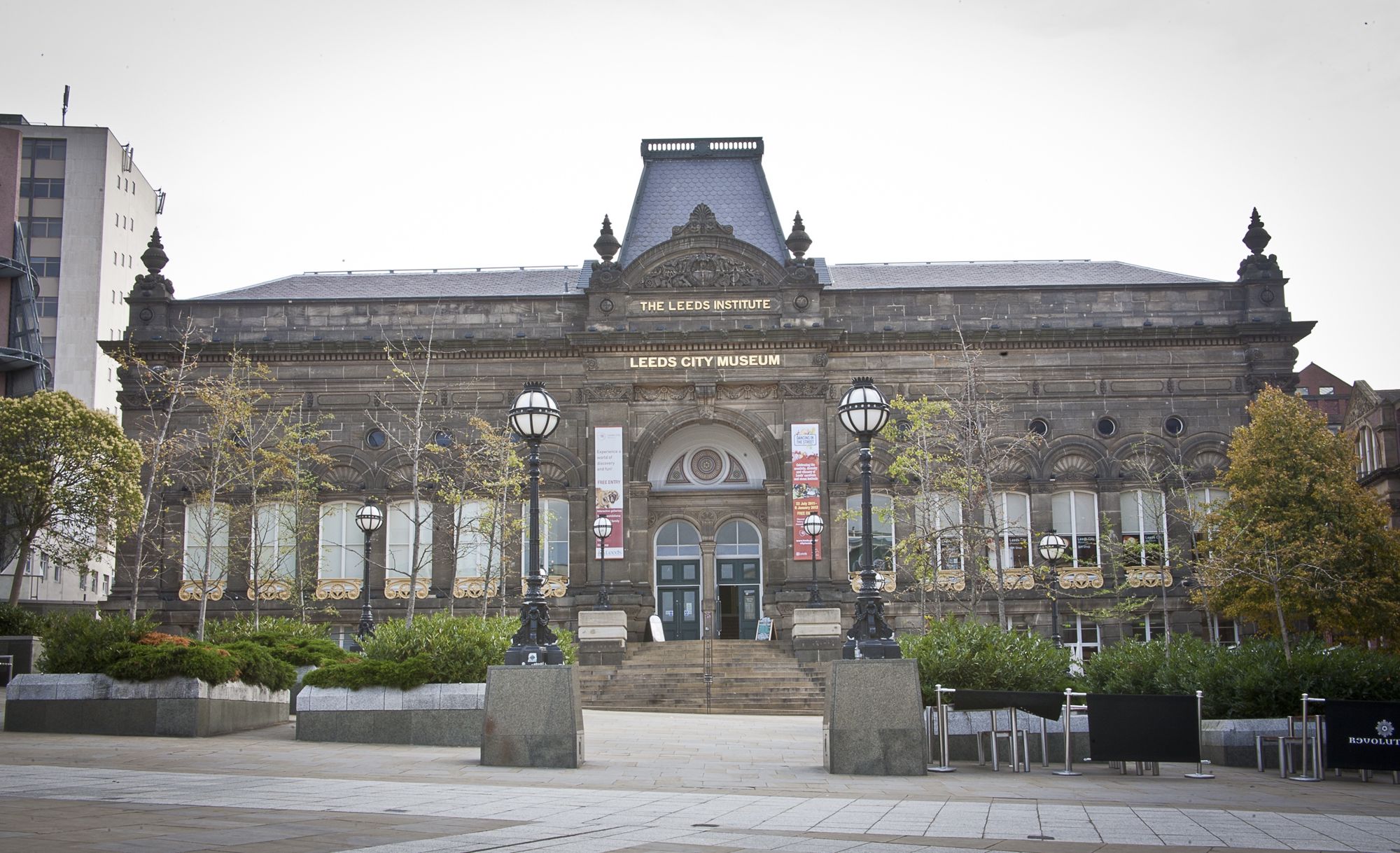
Many of our most important cultural practices and rituals involve how we as a society treat our dead. Because of that fact archaeologists can learn a lot about not only an ancient people’s technology but their beliefs as well by studying grave sites.
